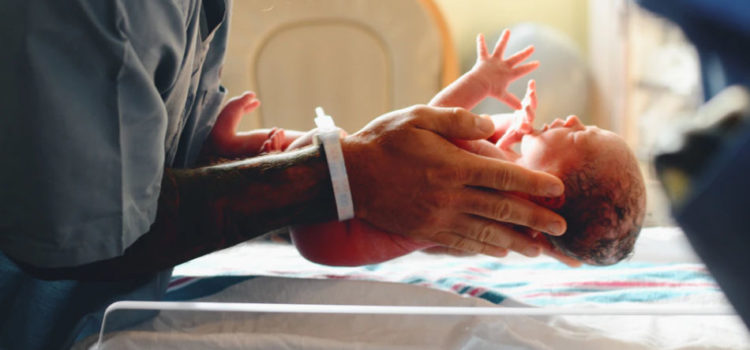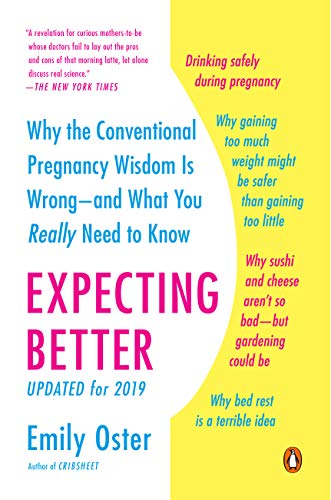

This article is an excerpt from the Shortform summary of "Expecting Better" by Emily Oster. Shortform has the world's best summaries of books you should be reading.
Like this article? Sign up for a free trial here .
As you cross the 36th week of pregnancy, you’re past the preterm period (hooray!) but then you start worrying the baby will never come out.
The baby is normally due at 40 weeks. What are the chances of going into labor slightly early, at 36 weeks, 37 weeks, or 38 weeks? Find out here.
18% of babies are born week 38, 30% on week 39, and 17% on week 40. In sum, 70% of babies are born before their due date. So this is quite normal.
Here’s the chance of pregnancy for every week you reach:
| Week of pregnancy | Chance of birth this week if still pregnant this week |
| 35 | 3% |
| 36 | 5% |
| 37 | 11% |
| 38 | 25% |
| 39 | 46% |
| 40 | 59% |
| 41 | 58% |
| 42 | 100% (induced) |

Starting at week 37, your doctor will measure your cervix for a few predictors of labor:
- Cervical thinness (effacement)
- Women who were >60% effaced at 37 weeks were 98% likely to go into labor before due date. <40% effaced meant almost none went into labor before due date.
- Cervical dilation
- Baby drops down in pelvis a few days/weeks prior to labor
- Bishop score – combines the above into a score from 0 to 13. > 6 is fairly advanced
Bishop score and cervical effacement are predictive of vaginal deliveries.
At 42 weeks, you’re almost certain to have labor induced, likely with Pitocin (synthetic oxytocin), which stimulates contractions. This is to reduce the risk of stillbirth with babies who are born too late. Oster argues that Pitocin may increase pain in labor and increase risk of C-section, which is why she was willing to wait until the very last moment to induce.
———End of Preview———

Like what you just read? Read the rest of the world's best summary of "Expecting Better" at Shortform . Learn the book's critical concepts in 20 minutes or less .
Here's what you'll find in our full Expecting Better summary :
- Why much parenting advice you hear is confusing or nonsense
- The most reliable way to conceive successfully
- How much alcohol research shows you can drink safely while pregnant (it's more than zero)
- The best foods to eat, and what foods you really should avoid







But do your figures of when babies are born include inductions or elective c-sections? If so, these are not very important figures in understanding when labor may start.
My EDD was 22 May2022 but still no signs